Intro
Identify food poisoning symptoms, causes, and treatments. Learn to recognize signs like nausea, vomiting, and diarrhea, and understand foodborne illnesses, intestinal infections, and stomach bugs to get relief and prevent future occurrences.
Food poisoning is a common and potentially serious condition that affects millions of people worldwide every year. It occurs when we consume contaminated or spoiled food, which can lead to a range of unpleasant and sometimes life-threatening symptoms. If you're experiencing stomach cramps, diarrhea, vomiting, or fever after eating, you may be wondering if you have food poisoning symptoms. In this article, we'll delve into the world of food poisoning, exploring its causes, symptoms, diagnosis, treatment, and prevention.
The importance of understanding food poisoning cannot be overstated. Foodborne illnesses can have severe consequences, particularly for vulnerable populations such as the elderly, young children, and people with weakened immune systems. According to the World Health Organization (WHO), foodborne diseases are responsible for an estimated 600 million cases of illness and 420,000 deaths worldwide each year. By recognizing the signs and symptoms of food poisoning, you can take prompt action to seek medical attention and prevent further complications.
Food poisoning can be caused by a variety of factors, including bacterial, viral, and parasitic contaminants. Common culprits include Salmonella, E. coli, Listeria, and Norovirus, which can be found in undercooked meat, raw vegetables, and contaminated water. Poor food handling and preparation practices, such as inadequate refrigeration and cooking, can also contribute to the risk of food poisoning. As consumers, it's essential to be aware of the potential risks associated with the food we eat and take steps to protect ourselves and our loved ones.
What are the Symptoms of Food Poisoning?
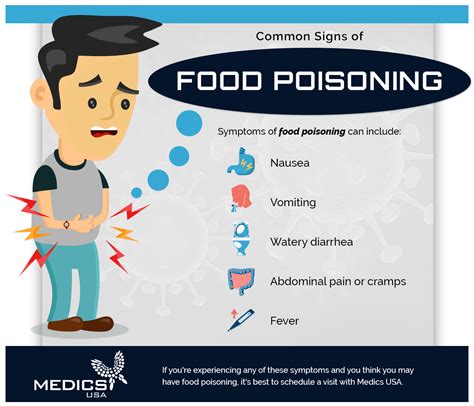
How is Food Poisoning Diagnosed?
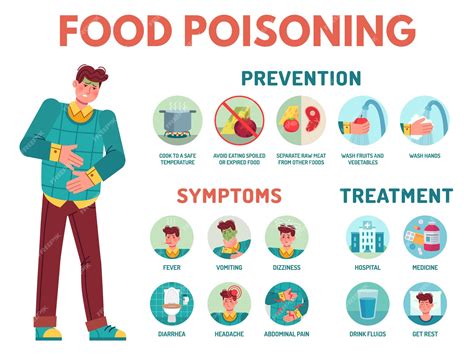
Types of Laboratory Tests
Laboratory tests can help diagnose food poisoning by detecting the presence of contaminants in the body. Common types of laboratory tests include: * Stool cultures: to detect bacterial or parasitic contaminants * Blood tests: to detect toxins or inflammatory markers * PCR (polymerase chain reaction) tests: to detect viral contaminants These tests can help your doctor determine the best course of treatment and provide guidance on preventing future episodes of food poisoning.Treatment and Management of Food Poisoning
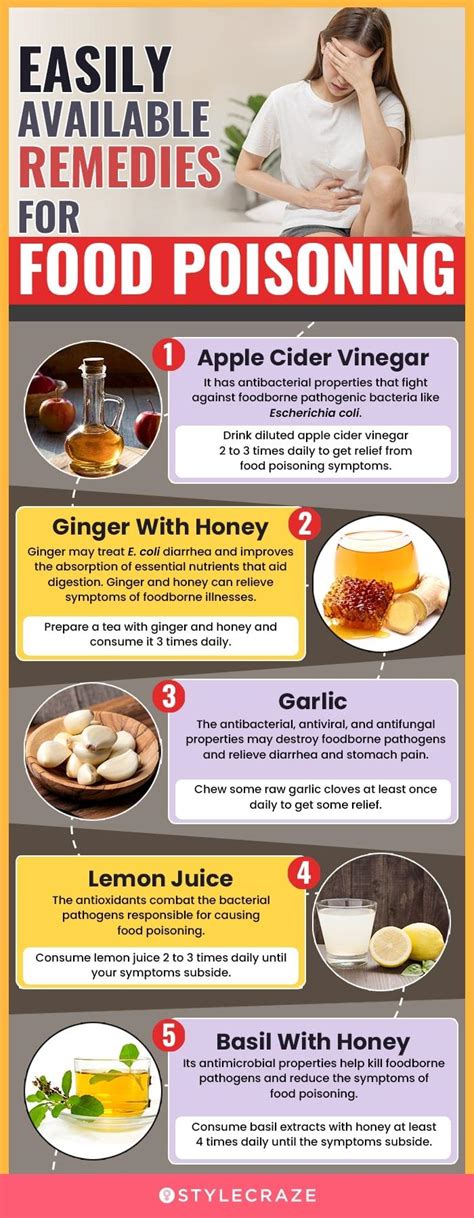
When to Seek Medical Attention
If you're experiencing any of the following symptoms, seek medical attention immediately: * Severe vomiting or diarrhea * Blood in stool or vomit * Fever above 101.5°F (38.6°C) * Signs of dehydration, such as excessive thirst or dark urine * Severe abdominal pain or tenderness Prompt medical attention can help prevent complications and reduce the risk of long-term health consequences.Prevention of Food Poisoning
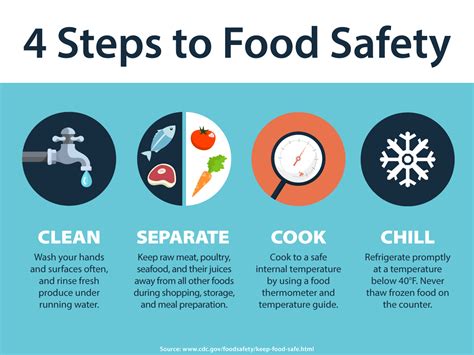
Food Safety Tips for Specific Foods
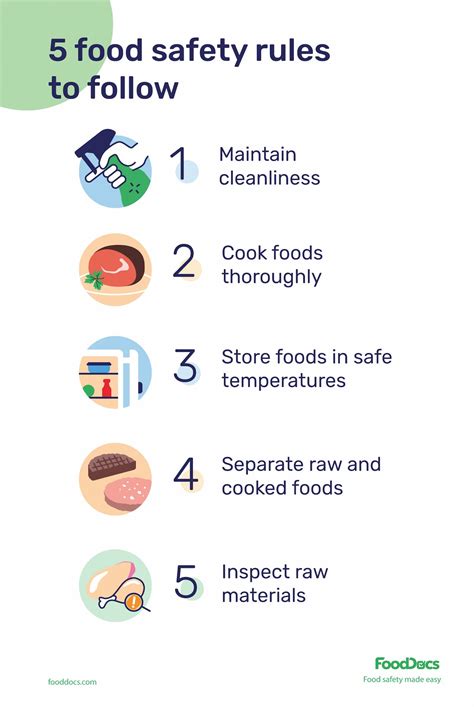
Conclusion and Next Steps
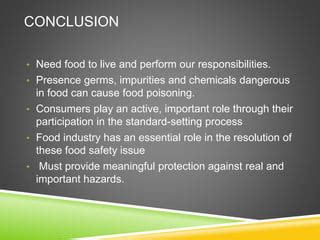
We hope this article has provided you with valuable information and insights into the world of food poisoning. If you have any questions or comments, please don't hesitate to share them with us. Your feedback is essential in helping us create high-quality content that meets your needs and expectations.
What are the most common symptoms of food poisoning?
+The most common symptoms of food poisoning include nausea and vomiting, diarrhea or abdominal cramps, fever and chills, and headache and fatigue.
How can I prevent food poisoning at home?
+To prevent food poisoning at home, handle food safely, cook food thoroughly, and avoid cross-contamination. Choose safe foods, such as pasteurized dairy products and cooked meats, and avoid raw or undercooked eggs, raw sprouts, and unpasteurized dairy products.
What should I do if I suspect I have food poisoning?
+If you suspect you have food poisoning, seek medical attention immediately. Provide your doctor with as much information as possible about your symptoms, food consumption, and recent travel history. Follow your doctor's advice and take any prescribed medications to manage your symptoms and prevent complications.
